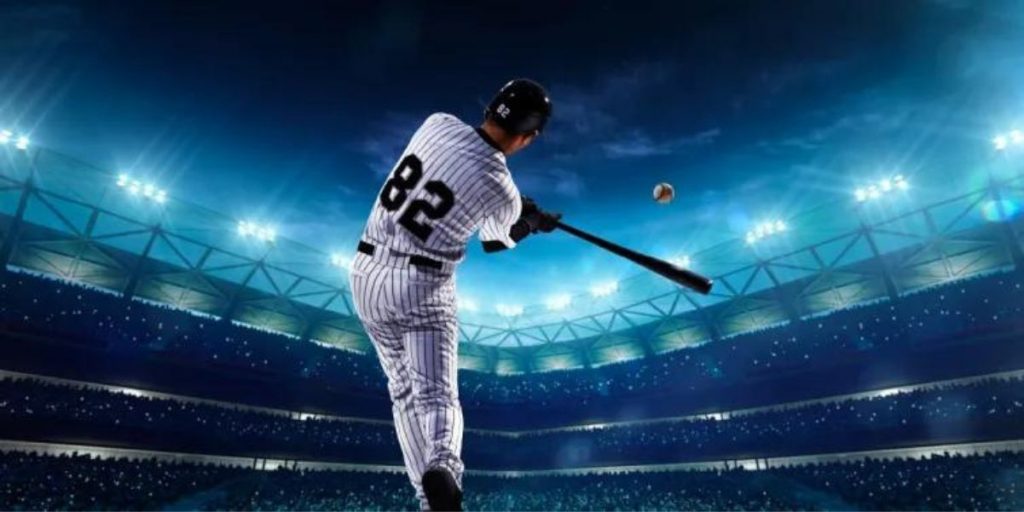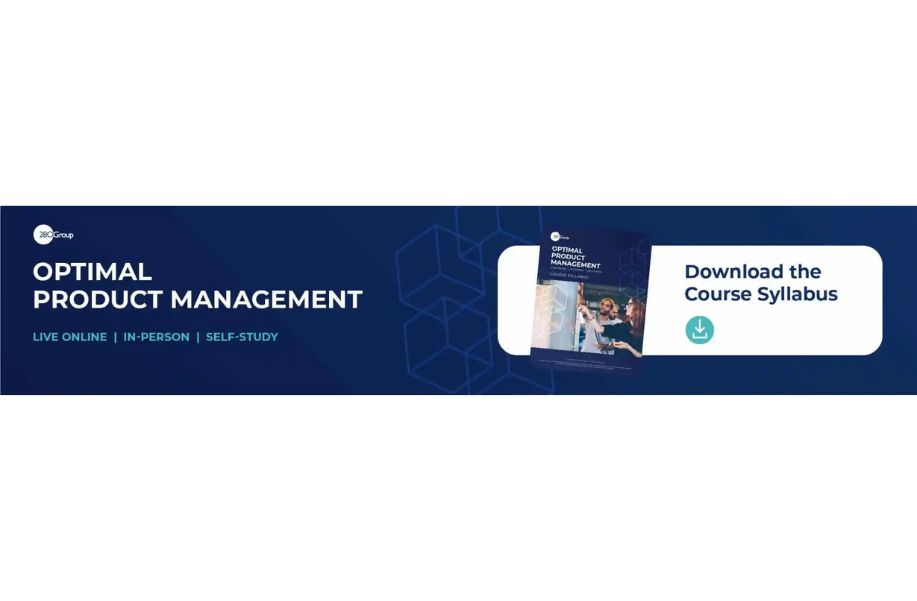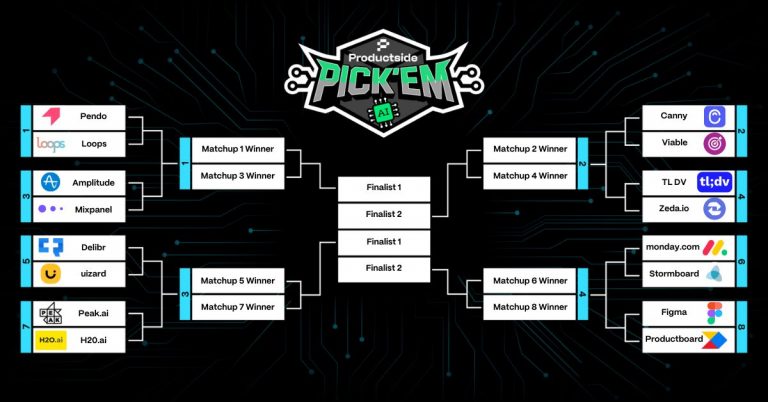
Happy Opening Day, y’all.
(I might be a day or two behind for some teams, but you get the gist).
For those who need to become more familiar with the rule change in MLB: there is a new 30-second timer between batters and a time limit between pitches. After receiving the ball from the catcher or umpire, pitchers must begin their motion within 15 seconds with the bases empty or within 20 seconds with runners on base.
What’s this got to do with product management?
Easy, over the past few years, MLB was noticing a decline in fan interest. They received feedback that the game was too long, there needed to be more action, and fans were getting increasingly frustrated with the game’s pace. The impact was a decline in TV viewership and attendance across MLB.
Have you noticed the product management angle yet? MLB analyzed its data and metrics. They spoke to and heard from their fans (and players). They know they need to make changes if they want to continue to build their audience. The coolest part of this new rule change is how they rolled it out.
In our training, workshops, and engagements, we talk about how one of the biggest responsibilities of product managers is risk mitigation and the value of running pilots/beta before a large-scale launch. MLB had the data; they had a solid understanding of the voice of the customer. However, they didn’t just randomly implement this new rule change.

Fun fact, in college baseball, the Southeastern Conference experimented using pitch clocks in 2010. In the 2015 season, Major League Baseball (MLB) announced it would institute a 20-second pitch clock in Minor League Baseball for Double-A and Triple-A teams during the 2015 season.
I love this approach by MLB; however, they didn’t know for sure what the reaction would be to the players, coaches, and fans, so they started to “pilot” this new rule change, starting with college and minor baseball. They gathered feedback along the way and made tweaks before finally introducing this recent rule change in 2023.
What’s the impact of the new rule change?
According to data provided to Sports Illustrated by MLB, spring training games in spring training averaged 2:35. That is a 26-minute reduction in game time from 2022’s spring training played without the pitch clock.
From what I’ve heard, MLB is still making tweaks to the rule change even as the season has kicked off, but the response from players, coaches, announcers, and fans has been (mostly) positive. And this type of reaction should allow what we all strive for as product leaders. We develop and launch new products that create raving fans of our product, ultimately significantly impacting our bottom line and customers.


